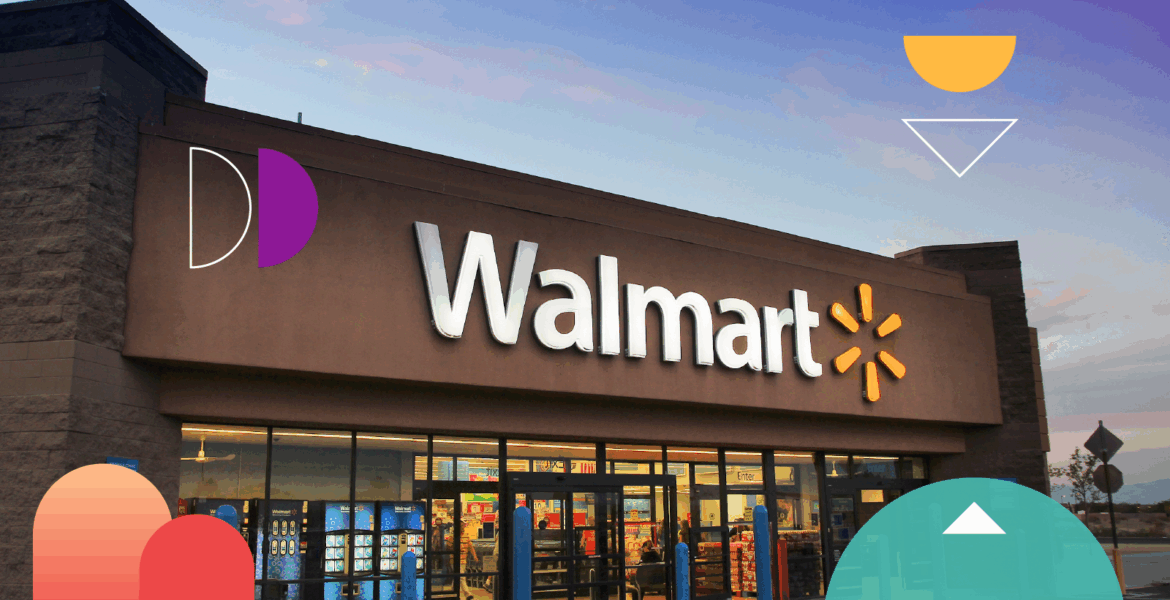By Joel Cox, Co-Founder and EVP of Strategy & Innovation, Strategus
When Walmart recently announced that it was ending the exclusive part of its partnership with The Trade Desk, it may not have been a complete surprise—but it was undoubtedly meaningful. And gives us pause to reflect on the move. Indeed while it reveals a lot about Walmart Connect’s ambitions, it also tells us about the state of retail media today and where the sector is headed next.
What This Tells Us About Walmart
Walmart is projecting $4.4 billion in ad revenue this year. On its face, that’s impressive. But compared to Amazon’s projected $60B+ ad business in 2025, Walmart’s goal is clear: accelerate growth and close the gap, however incrementally.
Ending exclusivity with The Trade Desk is a logical step. Like Roku, which integrated first with The Trade Desk before broadening distribution, Walmart wants to introduce its data and inventory to more sources of demand.
But here’s the catch:
- Walmart can’t align with Amazon’s DSP.
- Google’s DV360 is an option, but why invest in a costly integration given the looming antitrust remedies that could disrupt Google’s entire ad stack?
- Lower-tier DSPs lack meaningful scale.
That leaves the possibility of Walmart standing up its own first-party buying tech, like Amazon’s DSP or Netflix’s emerging ad platform. But having worked with both Amazon DSP since shortly after its inception in 2018 and Walmart Connect, one thing is clear: building and scaling DSP tech is brutally hard. Don’t expect Walmart to do this overnight.
Instead, this shift feels more like a reflection of frustration with the pace of scaling and a desire to accelerate—not a major unlock. Walmart knows its offering is strong, but it needs more pipes for demand.
What This Tells Us About Retail Media
Retail media is still in the early innings of maturity. A few truths stand out:
- Amazon is in a league of its own. Walmart is its nearest competitor, but still miles behind.
- We may be leaving the hype-cycle of Retail Media and entering the reality stage– where revenue and margin matter more than sparkle and pixie dust
- It’s cluttered, messy and inconsistent, and outside of maybe Amazon & Walmart, in desperate need of aggregation and interoperability
Retail media is no longer just a shiny new object—it’s a rapidly growing but uneven channel still learning how to earn its keep.
Where The Opportunities Lie
Despite the challenges, the opportunity is massive:
- Retail media will continue to capture budgets from endemic advertisers—and over time, it’s positioned to replace cookie-based and third-party targeting solutions for many non-endemics too.
- Marketers need to cut through the clutter by testing and onboarding the retail datasets that deliver the best blend of scale, performance, and efficiency.
- Retailers that can curate and simplify this landscape—making activation easier for both endemic and non-endemic advertisers—will be the long-term winners.
What Lies Ahead
The pace of change in retail media will remain dynamic and unpredictable. What we can expect:
- More integrations, more breakups. Just like Walmart’s with The Trade Desk.
- Consolidation and aggregation. The space needs it. Not all retailers will survive the scramble.
- The winners. The platforms that help curate and make this fragmented landscape easier to navigate will end up on top..
The bottom line: While Walmart’s announcement wasn’t the unlock it might seem, it does spotlight the challenges of an emerging space. And the urgency—and volatility—shaping the retail media landscape today.





